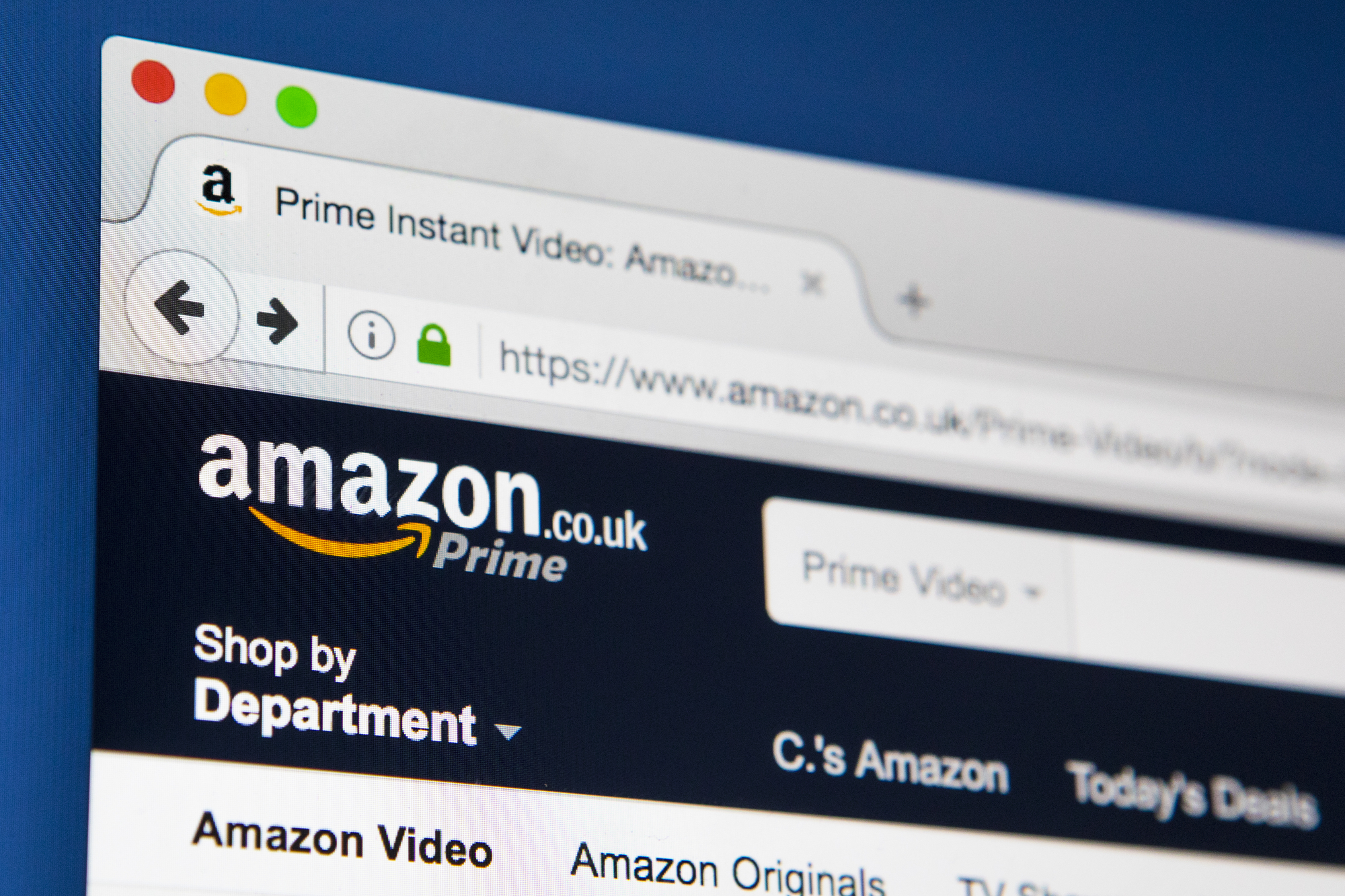

After a “dialogue” with the European Commission (the Executive Branch of the European Union), Amazon has agreed to simplify the process of canceling a subscription to Amazon Prime to comply with EU consumer law. What previously took navigating a complicated user interface filled with “dark patterns” (or deceptive design elements) can now be done with two clicks using “a prominent and clear ‘cancel button.’” The European Commission illustrated the difference between the two cancellation processes in a July 1 press release, and said that Amazon “will implement the changes as of today.”
Amazon agreed to make the changes following a scathing report by EU consumer groups including the Norwegian Consumer Council that accused it of breaching consumer law. In particular, it argued that the process of canceling an Amazon Prime subscription was so obtuse that it fell afoul of the EU’s Unfair Commercial Practices Directive (UCPD) which bans unfair, misleading, and aggressive practices that can distort a consumer’s economic behavior. The report revealed “how Amazon makes it unreasonably cumbersome to unsubscribe from the Amazon Prime service” and described that the process of canceling as “riddled with a combination of manipulative design techniques” or dark patterns. With screenshots over 14 pages, it showed how a consumer looking to leave the service had to deal with “complicated navigation menus, skewed wording, confusing choices, and repeated nudging,” while signing up for Prime was a seamless process that took just two pages to explain.
[Related: Everything you need to know about the battle between US tech and EU laws]
The report proposed that if Amazon can make signing up for Prime a simple process, it should also make unsubscribing an equally simple process.
The EU seemingly agreed with the report’s conclusions. In the press release announcing the results of the “dialogue,” the EU’s Commissioner for Justice, Didier Reynders, said in a statement: “Opting for an online subscriptions can be very handy for consumers as it is often a very straightforward process, but the reverse action of unsubscribing should be just as easy. Consumers must be able to exercise their rights [to unsubscribe] without any pressure from platforms.”
The process of canceling a Prime subscription changed in the EU on 1 July this year. According to The Guardian, the change will also affect consumers in the UK—despite it no longer being a member of the EU. (We suspect this is because Amazon.co.uk also serves the Irish market, which is still in the EU, and it is simpler to have everything aligned). The Verge said that Amazon “dodged questions” about whether similar changes would be made in the US. The spokesperson told the publication that there were “no changes to announce at this time” while at the same time declaring “customer transparency and trust are top priorities for us.”
While this is definitely a win for consumers, it also seems to demonstrate that the EU is serious about its plans to ban dark patterns as part of the Digital Services Act (DSA) that it provisionally passed earlier this year and the draft text of which is currently working its way through the EU’s complex bureaucracy. If it is prepared to force Amazon to comply with prohibitions on unfair and manipulative UI design, it’s likely that it will also come for other large companies like Google, Facebook, and Microsoft that top the Deceptive Design Hall of Shame. For consumers outside Europe, it’s worth noting that EU law can and does change how companies act around the world. For example, it was a French law requiring a repairability score that was the catalyst for devices getting easier to service and repair in the US. Similarly, an EU directive is likely to force Apple to adopt the USB-C port with the iPhone worldwide.
